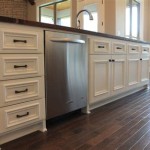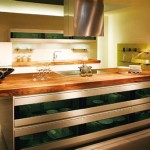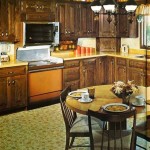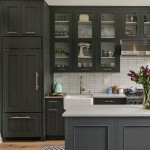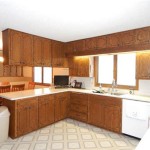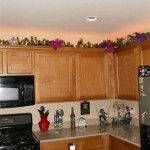Kitchen Cabinet Upper Molding: A Definitive Guide to Trim and Style
Kitchen cabinetry is an integral part of any kitchen design, and the upper molding plays a significant role in enhancing the overall aesthetic. Upper molding, also known as crown molding, is the decorative trim that frames the top of your cabinets, adding a touch of elegance and style to the room. Choosing the right molding can make a considerable difference in the appearance of your kitchen, so it's essential to understand the different types and how they can complement your cabinetry.
Types of Kitchen Cabinet Upper Molding
There are numerous styles of upper molding available to match various kitchen designs. Here are some of the most popular types:
- Simple Crown Molding: This classic molding features a simple, curved profile that adds a subtle elegance to your cabinets.
- Cove Molding: This molding has a concave profile, creating a smooth and graceful transition between the cabinet and the ceiling.
- Ogee Molding: Ogee molding combines a concave and convex curve, giving your cabinets a more ornate look.
- Bullnose Molding: This molding has a rounded profile, providing a streamlined and modern appearance to your kitchen.
- Dentil Molding: This molding features a series of small, square blocks, adding a touch of architectural detail to your cabinets.
Choosing the Right Upper Molding
When selecting upper molding for your kitchen cabinets, consider the following factors:
- Kitchen Style: The style of your kitchen should dictate the type of molding you choose. Traditional kitchens may benefit from more ornate moldings, while modern kitchens may prefer simpler styles.
- Cabinet Height: The height of your cabinets will determine the size of the molding you need. Taller cabinets can accommodate larger moldings, while shorter cabinets may require more subtle options.
- Ceiling Height: The height of your ceiling will also influence your molding choice. High ceilings can handle more elaborate moldings, while low ceilings may require smaller ones to avoid overwhelming the space.
- Personal Preference: Ultimately, the choice of upper molding is a matter of personal preference. Consider your own tastes and style when making your decision.
Installation Tips
Installing kitchen cabinet upper molding is a precise task that requires careful attention to detail. Here are a few tips to ensure a professional-looking finish:
- Measure Accurately: Measure the length of the cabinet and the width of the molding to ensure a precise fit.
- Use a Miter Box: Using a miter box will help you achieve clean, precise 45-degree cuts.
- Secure with Nails: Use small nails or a nailer to secure the molding to the cabinet and the ceiling.
- Caulk the Joints: Apply caulk to the joints between the molding and the cabinet to seal any gaps and create a smooth finish.
Conclusion
Kitchen cabinet upper molding is an essential element that can elevate the look of your kitchen. By choosing the right molding and installing it carefully, you can add a touch of style and elegance to your space. Whether you prefer simple or ornate, traditional or modern, there is an upper molding that will complement your kitchen design and create a visually appealing space.

How To Install Crown Molding On Cabinets Young House Love

3 Types Of Kitchen Cabinet Moldings Wood Factory

How To Install Crown Molding On Cabinets Young House Love

Decorative Molding Timberlake Cabinetry

Cabinet Crown Molding Rogue Engineer

Adding Moldings To Your Kitchen Cabinets Remodelando La Casa

11 Kitchen Cabinet Crown Molding Ideas For Your

Project Kitchen Creating Custom Cabinets 2paws Designs Cabinet Molding Upper

Adding Crown Moulding To Wall Kitchen Cabinets Momplex Vanilla Ana White

Diy Kitchen Cabinet Upgrade With Paint And Crown Molding
Related Posts

